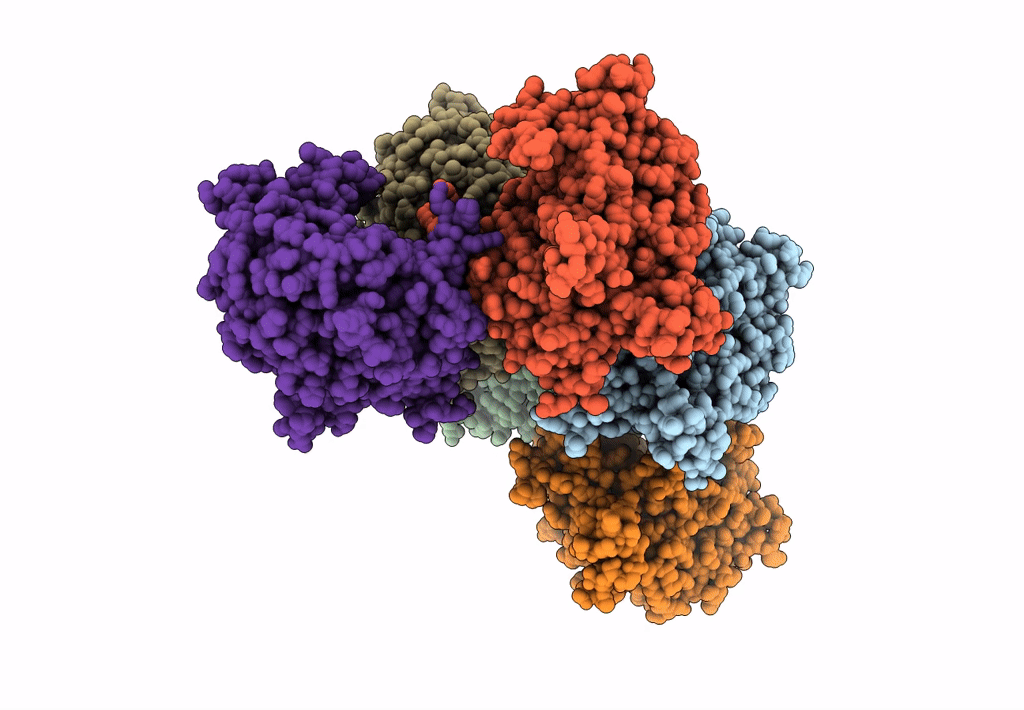
Deposition Date
2022-04-05
Release Date
2022-12-07
Last Version Date
2025-05-14
Method Details:
Experimental Method:
Resolution:
3.10 Å
Aggregation State:
FILAMENT
Reconstruction Method:
HELICAL


